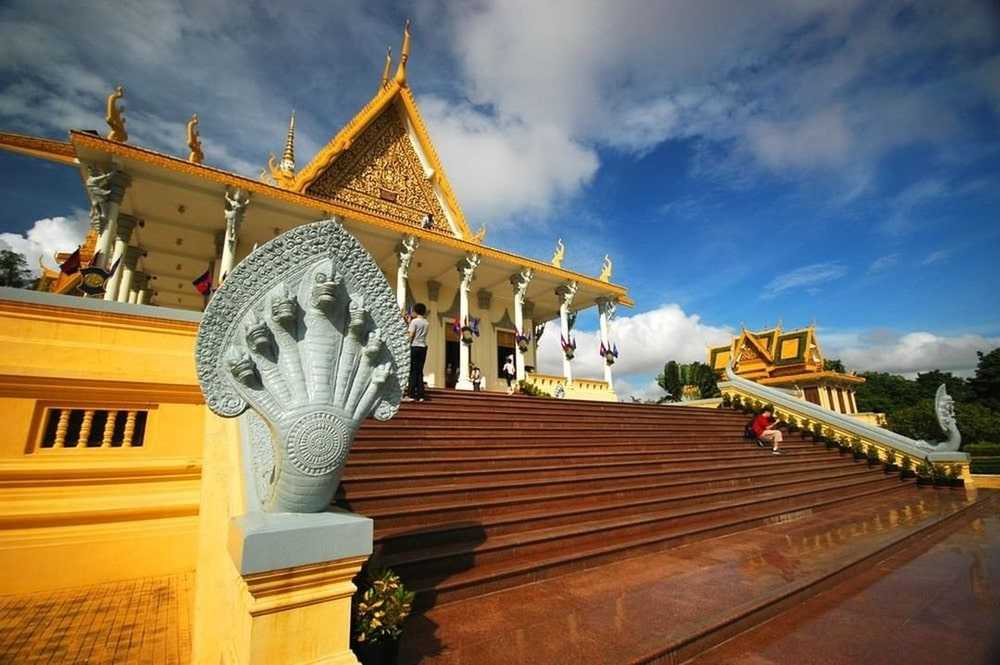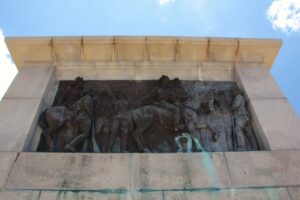Kebre Negast Palace in Gondar – Historic Royal Residence
Nestled in the heart of Gondar, Ethiopia, the Kebre Negast Palace stands as a testament to the rich history and architectural grandeur of the Ethiopian Empire. Known for its stunning castles and royal residences, Gondar is often referred to as the “Camelot of Africa.” The Kebre Negast Palace, with its fascinating history and captivating architecture, is a must-visit for anyone interested in Ethiopia’s royal past.
What to See
The Kebre Negast Palace is part of the larger Fasil Ghebbi complex, a UNESCO World Heritage site. As you wander through the palace grounds, you’ll be greeted by a series of impressive stone structures, each with its own unique design and purpose. The main attraction is the castle itself, which features a blend of Ethiopian, Portuguese, and Indian architectural styles. The intricate carvings and detailed frescoes inside the castle offer a glimpse into the artistic prowess of the time.
Visitors can also explore the surrounding gardens, which are beautifully landscaped and provide a serene escape from the bustling city. The palace grounds are dotted with various smaller buildings, including a library and a banquet hall, each with its own story to tell. Don’t miss the chance to climb to the top of the castle for a panoramic view of Gondar and the surrounding countryside.
A Bit of History
The Kebre Negast Palace was constructed in the 17th century during the reign of Emperor Fasilides, who established Gondar as the capital of Ethiopia. The palace served as the royal residence for several emperors and was a center of political and cultural activity. The name “Kebre Negast” translates to “Glory of Kings,” reflecting the palace’s significance in Ethiopian history.
Over the centuries, the palace has witnessed numerous historical events, including royal coronations and diplomatic meetings. Despite suffering damage during various conflicts, the palace has been meticulously restored to preserve its historical integrity. Today, it stands as a symbol of Ethiopia’s rich cultural heritage and royal legacy.
Interesting Facts
- The Fasil Ghebbi complex, which includes the Kebre Negast Palace, was inscribed as a UNESCO World Heritage site in 1979 due to its historical and architectural significance.
- The architectural style of the palace is a unique blend of Ethiopian, Portuguese, and Indian influences, showcasing the diverse cultural interactions of the time.
- The palace was once surrounded by a moat, which added to its defensive capabilities and grandeur.
- Gondar, where the palace is located, was the capital of Ethiopia for over 200 years and is known for its numerous castles and churches.
How to Get There and Tips for First-Time Visitors
Gondar is accessible by air, with flights available from Addis Ababa, the capital of Ethiopia. The Gondar Airport is located about 18 kilometers from the city center, and taxis are readily available to take you to the palace. Alternatively, you can reach Gondar by bus or car from other major cities in Ethiopia, though the journey may take longer.
For first-time visitors, it’s advisable to hire a local guide who can provide valuable insights into the history and significance of the palace. The best time to visit is during the dry season, from October to March, when the weather is pleasant and ideal for exploring the outdoor attractions.
Remember to wear comfortable shoes, as you’ll be doing a lot of walking around the palace grounds. Also, be respectful of the cultural and historical significance of the site by following any guidelines provided by the local authorities.








